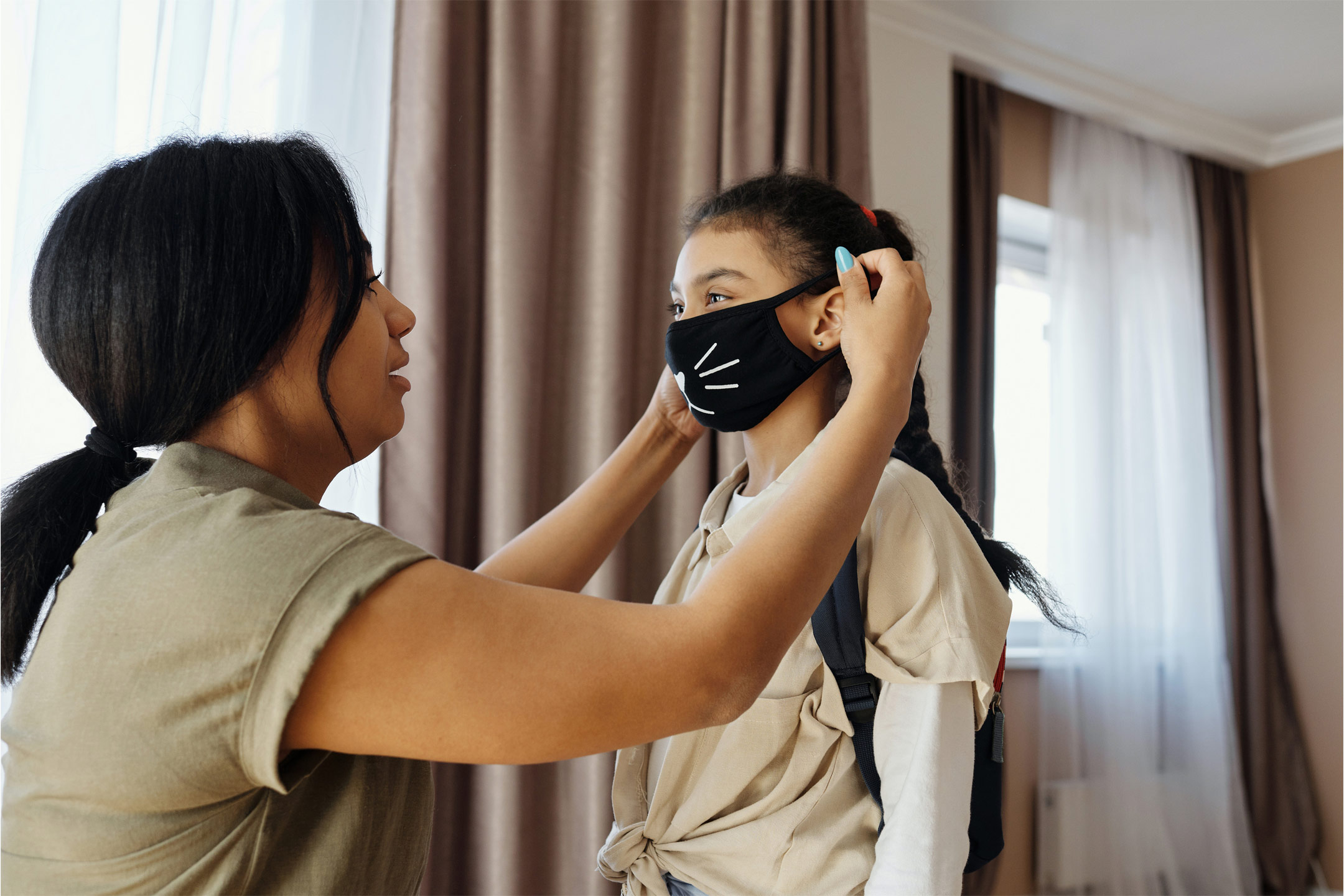
08 Feb Researchers calculated the impact of ‘long COVID’ as Australia opens up
Martin Hensher and Mary Rose Angeles calculated the impact of ‘long COVID’ as Australia opens up. Even without Omicron, they’re worried
Over the past two years, we’ve learned COVID-19 survivors can develop a range of longer-term symptoms we now call “long COVID”. This includes people who did not have severe illness initially.
Such longer-term symptoms can affect multiple systems in the body. This can result in ongoing, severe fatigue plus a wide range of other symptoms, including pain, as well as breathing, neurological, sleep and mental health problems.
So far, Australia has had far fewer COVID-19 cases than many other nations. But as we re-open, this situation may change. So we will likely see more long COVID in the months and years ahead.
Our research, which we posted online as a pre-print and so has yet to be independently verified, examined the shifting burden of disease of COVID-19 as Australia re-opens and as high vaccination rates reduce mortality and severe illness.
We show how long COVID will increasingly drive the burden of COVID illness, even as death rates decline.
We also estimate the likely numbers of long COVID cases we can expect in Australia over the two years following reopening.
We wrote this briefing paper before the rise of Omicron, the impact of which we’re yet to fully understand.

Here’s what we did and what we found
We examined the 2021 Delta outbreaks in Victoria and New South Wales in which nearly 140,000 people had been infected by the end of October.
We estimated long COVID prevalence using two sources. A large dataset from the UK found more than 13% of people had symptoms after 12 weeks. A much smaller study conducted in NSW found about 5% had symptoms over roughly the same period.
Our modelling suggests, by the end of October, the combined Victoria and NSW outbreaks may have already led to 9,450–19,800 people having developed long COVID that could last 12 weeks after their COVID infection.
Even more will have experienced long COVID symptoms for a shorter time: 34,000-44,500 people will likely have symptoms for at least three weeks after first becoming ill, but our model indicates more than half will then recover over the following nine weeks.
We also estimated the likely consequences for long COVID if we follow
Australia’s national re-opening plan, based on interim modelling from the Doherty Institute, which has since been updated.
The Doherty Institute modelled various scenarios with different vaccination rates and public health measures in place. These gave different estimates of COVID-19 cases. We combined these with our upper and lower estimates for long COVID prevalence.
We calculated that more limited relaxation of public health measures could generate 10,000-34,000 long COVID cases (people with symptoms lasting at least 12 weeks). More complete relaxation of public health measures could lead to 60,000-133,000 long COVID cases.
Based on the longer-term UK data for long COVID prevalence, we calculated 2,000-11,000 people might still be sick a year after their initial infection.
What we cannot be absolutely certain about is the impact of vaccination on the expected number of long COVID cases. Some studies suggest that if vaccinated people become infected, this reduces their chance of developing long COVID, but the evidence remains uncertain.
Many impacts, beyond health
Long COVID can be a debilitating and distressing health condition. It also has a number of economic impacts, for the health system and people’s ability to work.
For instance, people with long COVID require coordinated care across a range of different health services and specialties.
Recent data from the UK’s Office for National Statistics indicate that around 1.2 million people reported long COVID symptoms in the four weeks to the end of October. The UK health secretary said he was alarmed at the growing scale of this problem for the National Health Service.
Indeed, attempts to provide long COVID care through specialised hospital-based clinics in the UK and elsewhere have led to long waiting times and uneven access.

Shutterstock
By contrast, Australia needs to focus urgently on identifying and counting long COVID. It also needs to establish mechanisms to coordinate care for long COVID by mobilising resources across the community and private sectors, not just public hospitals.
Meeting the emerging needs of people with long COVID represents an additional burden on health-care systems already battered by COVID and rapidly rising backlogs of care for other conditions.
If health-care workers are particularly at risk of long COVID as some people claim, this will further stretch health systems as they take time out to recover or leave the workforce.
Beyond health care, long COVID again highlights weaknesses which were made clear early in the COVID-19 pandemic, but which have not yet been remedied.
COVID-19 has more severely affected those who are socially and economically disadvantaged, and who rely on insecure employment. We expect long COVID to continue to be over-represented in this already disadvantaged population.
Avoiding COVID-19 in the first place
While societies around the world grapple with addressing the types of disadvantage the pandemic has exposed, there are several steps individual people can take to minimise their risk of long COVID.
Obviously, this means minimising your risk of COVID-19 in the first place. This means vaccination, mask wearing where appropriate, and complying with other public health measures.
Meanwhile, if you test positive for COVID-19, isolate early, rest and do not return to work until you have fully recovered.![]()
Martin Hensher, Associate Professor of Health Systems Financing & Organisation, Deakin University and Mary Rose Angeles, Associate Research Fellow, Health System Financing and Sustainability, Deakin University
This article is republished from The Conversation under a Creative Commons license. Read the original article.

